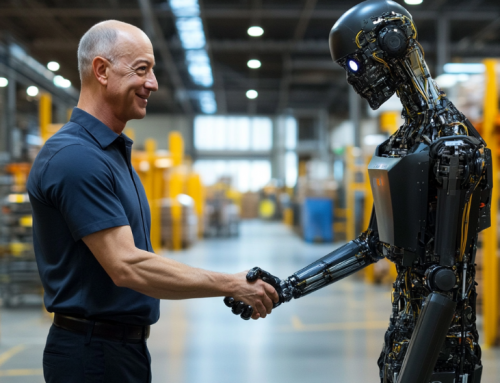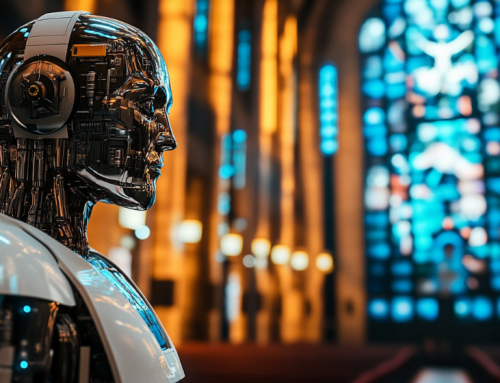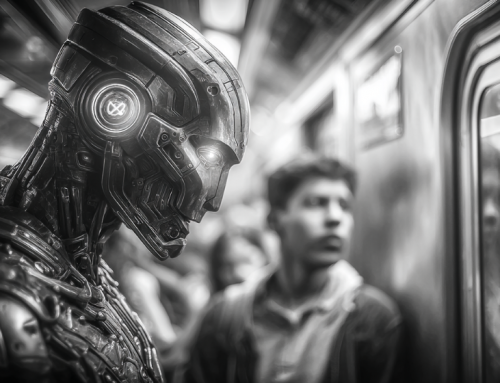
Designer drugs are difficult but not impossible to detect according to new AI research.
AI Simulation Programs Predict Which Designer Drugs Will Be Chosen by Cartels
There are certain things in nature that can not and should not be tampered with. The way nature creates a rose can not be duplicated in a natural state. Dismantling a mountainside to harvest minerals is an example of man ruining what nature has created. In a story on scientificamerican.com, it turns out there are other items that drug chemists have tampered with less than stellar results.
New synthetic drugs (NPS) are psychoactive substances that attempt to reproduce the effects of existing illicit products such as ecstasy/MDMA, amphetamines, cocaine, cannabis and LSD. But most of them are much more powerful, dangerous, and addictive than the drugs they imitate. They are impossible to detect and therefore a real headache for law enforcement.
To help authorities fight these new products, researchers at the University of Vancouver in British Columbia (UBC) and other universities have designed a program called DarkNPS to identify their molecular structure and predict which ones will be on the market next.
In recent years, underground chemists have increasingly made small chemical tweaks on known recreational drugs to skirt laws, creating novel designer versions. Instead of cannabis, for instance, these chemists could offer up XLR-11, or instead of PCP, they might sell 3-MeO-PCE.
Politicians will tell you every immigrant that walks thousands of miles from Central America to apply for asylum in the United States is bringing a backpack full of pot or opioids with them, but it just isn’t so. The drug cartels have large operations well in hand. Cartels also have chemists who work to serve the drug habits of the North American population by creating their own version of nature’s high. They have truckloads of synthetic pills that routinely cross the border, even by submarine.
Novel designer drugs, also called research chemicals or legal highs, still produce physiological and psychological effects, though experts say that they can come with a slew of risks. Synthetic opioids such as fentanyl, for instance, are increasingly cited among the number of opioid-related deaths in the United States, which reached more than 75,000 this year. According to the Centers for Disease Control and Prevention, synthetic cannabinoids can cause heart attacks, kidney failure, and, in some cases, death. The newer synthetic drugs are often poorly studied, too, and among the myriad substances available, many come with negative health impacts beyond those of their naturally occurring counterparts.
“The current situation we’re in is more the whack-a-mole approach,” said David Wishart, a computer scientist and biologist at the University of Alberta.
To help streamline the work, Wishart and his colleagues used a type of artificial intelligence called deep learning to create an algorithm that identifies potential designer drugs that may not yet even exist. The millions of chemicals identified by the algorithm—dubbed DarkNPS—could help governments stay one step ahead of their production, says Wishart. He and a team of other researchers published the work in Nature Machine Intelligence in November.
According to a press release, some agencies are already using the algorithm, including the U.S. Drug Enforcement Administration, the United Nations Office of Drugs and Crime, the European Monitoring Center for Drugs and Drug Addiction, and the Federal Criminal Police Office of Germany.
By turning their algorithm loose with the proper machine learning with the training of how drugs affect a human, the AI-designed drugs can then be made illegal by that particular government before the cartel’s chemists can even think about creating a new money-making product.
How the AI Joined The War On Drugs
This article written by Doug Johnson of Undark is quite lengthy but carefully explains how the war on drugs is being turned up with AI. But is it any more of a winning solution than anything else the governments have tried to battle drug use? By trying to stay ahead of designer drug chemists, there are situations where the authorities have banned a substance that was being studied for positive medical solutions.
Currently, the standard approach for identifying an unknown drug is mass spectrometry, a method that, in short, weighs the components of a compound, in order to determine its molecular structure. But this technique requires a reference to compare the results against—a reference that might be missing when dealing with a wholly new substance, but that could be sitting on DarkNPS’ list.
DarkNPS produced a list of 8.9 million compounds that could be created by altering existing drugs. To generate this huge number, Wishart and his colleagues deployed a neural network, a kind of machine learning that is loosely modeled on the human brain, and which is often used for analyzing human languages.
As hard as DarkNPS has tried, researchers admit there are limits to how much AI can actually understand. It hasn’t been able to figure out how a drug affects a person’s behavior, feelings, and other side effects that taking drugs will produce. Some researchers feel there are more productive uses for DarkNPS than just chasing the drug-producing bad guys.
Since reference data might not exist for very new drugs, mass spectrometry isn’t always a good option, as identifying such a substance can potentially take weeks or even months of work, several sources told Undark. DarkNPS could provide this reference for a staggering number of drugs.
“As soon as a drug hits the market — instead of three months, six months of arduous chemistry — they could potentially identify the compounds in a matter of minutes,” Wishart said.
read more at scientificamerican.com








Leave A Comment